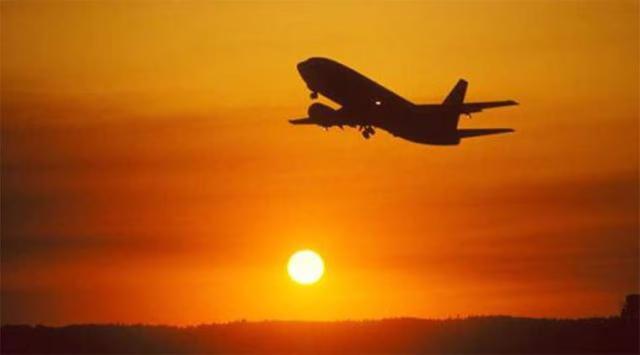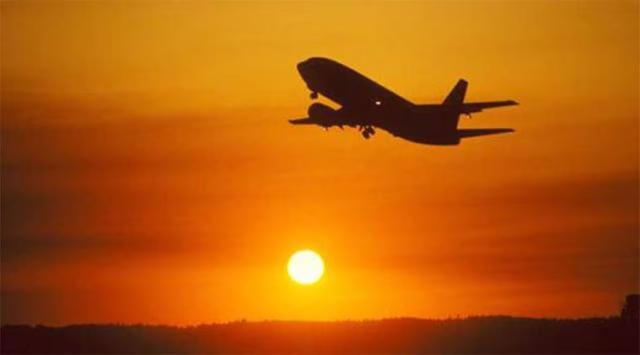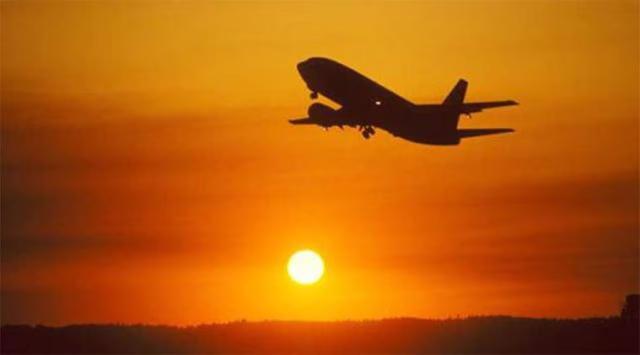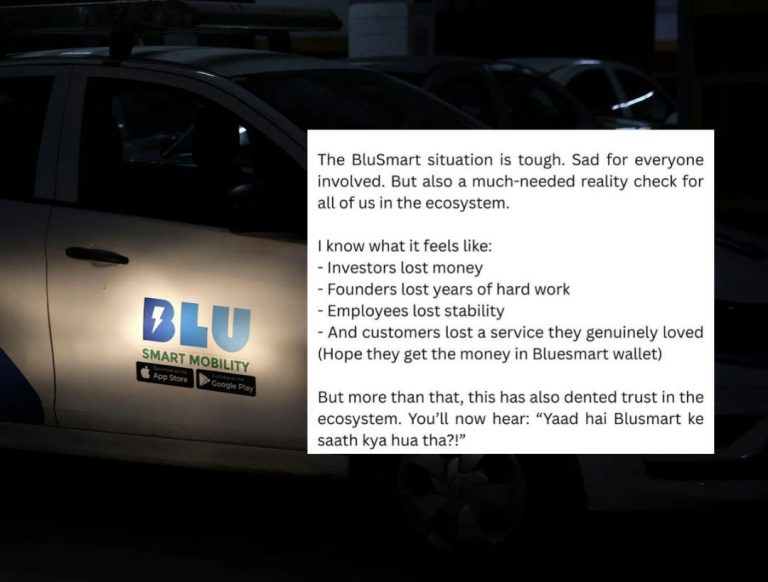
Class 12 Physics & Math Requirement for Becoming Commercial Pilot Might be Scrapped: Report
The sky’s the limit for aspiring commercial pilots, and the news just got a whole lot more exciting! According to a recent report, the Directorate General of Civil Aviation (DGCA) is planning to scrap the current rule that requires students to have studied Physics and Math in Class 12 to be eligible for commercial pilot licence training. This means that students from any stream, including Arts and Commerce, may soon be able to pursue their dreams of becoming commercial pilots.
In India, commercial pilot training has been restricted to Science and Math students since the mid-1990s. This rule was introduced to ensure that pilots had a strong foundation in subjects like Physics, Chemistry, and Mathematics, which are essential for understanding aerodynamics, aircraft systems, and navigation. However, the DGCA is now considering revising this rule to make commercial pilot training more inclusive.
The move is aimed at increasing diversity in the aviation industry and providing more opportunities to students from different backgrounds. Currently, the pilot training industry is dominated by students from Science, Technology, Engineering, and Mathematics (STEM) backgrounds, who have traditionally been more inclined towards pursuing careers in these fields. By relaxing the eligibility criteria, the DGCA hopes to attract a more diverse pool of talent and create a more inclusive environment in the aviation industry.
The change is likely to have a significant impact on the number of students pursuing commercial pilot training. According to estimates, there are over 1,000 flying schools in India, and the demand for commercial pilots is expected to increase significantly in the coming years. The relaxation of the eligibility criteria is expected to attract more students from non-STEM backgrounds, who may have previously been discouraged from pursuing a career in aviation.
The DGCA’s decision to scrap the requirement for Physics and Math in Class 12 is likely to be met with resistance from some quarters. Some experts argue that a strong foundation in Physics and Math is essential for becoming a commercial pilot, and that students from non-STEM backgrounds may not have the necessary skills and knowledge to succeed in this field. However, others argue that the aviation industry is constantly evolving, and that pilots need to be able to adapt quickly to new technologies and systems.
In recent years, the aviation industry has witnessed significant changes, including the introduction of new aircraft types, advanced avionics systems, and autonomous technologies. As a result, pilots need to be able to learn quickly and adapt to new situations, regardless of their academic background. The relaxation of the eligibility criteria is likely to encourage more students to pursue commercial pilot training, which could ultimately lead to a more diverse and skilled workforce in the aviation industry.
The DGCA’s decision to scrap the requirement for Physics and Math in Class 12 is also likely to have a significant impact on the flying schools and aviation training institutions in India. These institutions are likely to see an increase in student enrollment, as more students from non-STEM backgrounds are encouraged to pursue commercial pilot training. The change could also lead to the development of new training programs and curricula that cater to the needs of students from different academic backgrounds.
In conclusion, the DGCA’s plan to scrap the requirement for Physics and Math in Class 12 is a significant development for the aviation industry in India. While some experts may argue that a strong foundation in Physics and Math is essential for becoming a commercial pilot, others believe that the industry is evolving and that pilots need to be able to adapt quickly to new technologies and systems. The relaxation of the eligibility criteria is likely to attract more students from non-STEM backgrounds, which could ultimately lead to a more diverse and skilled workforce in the aviation industry.






